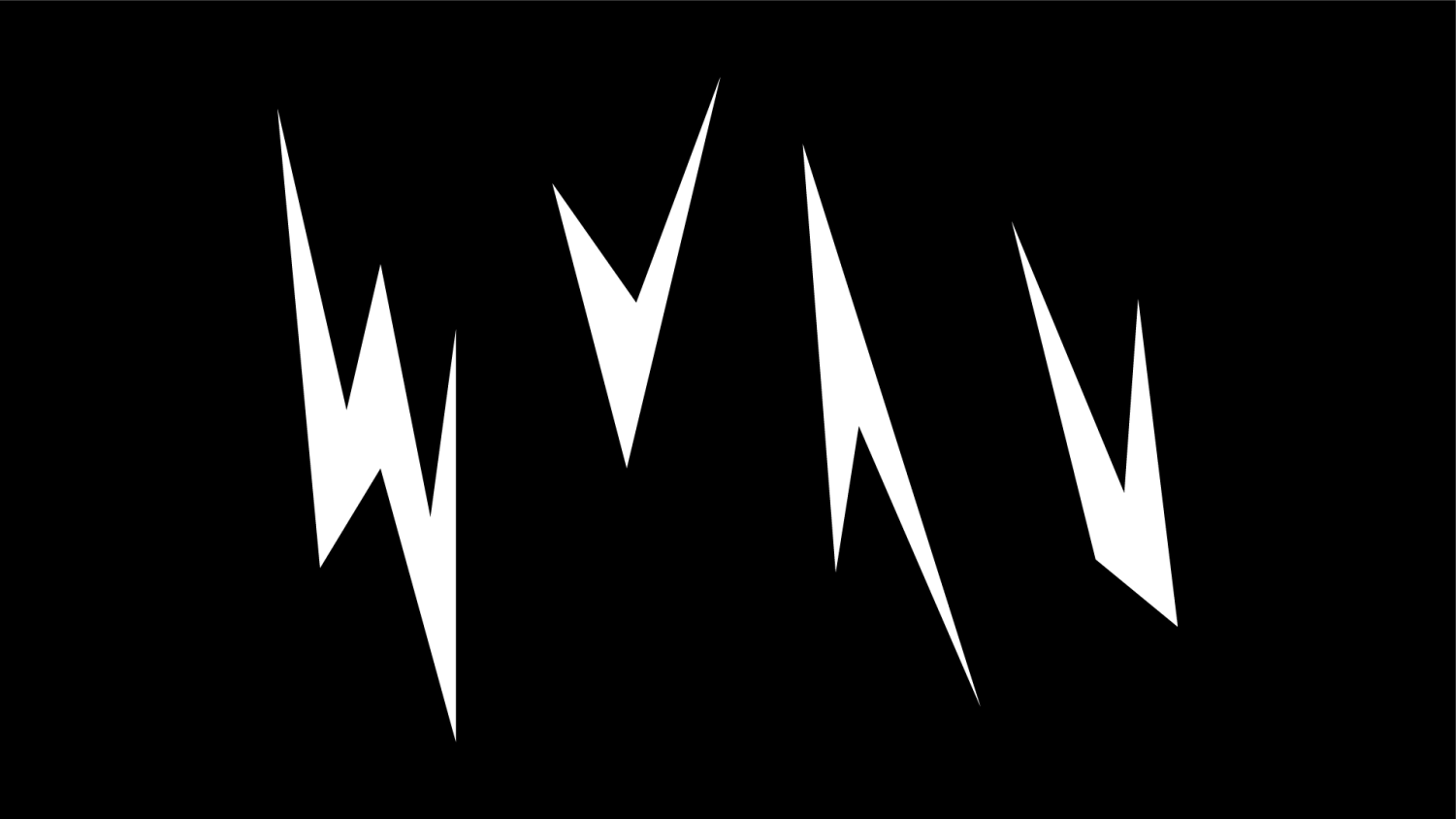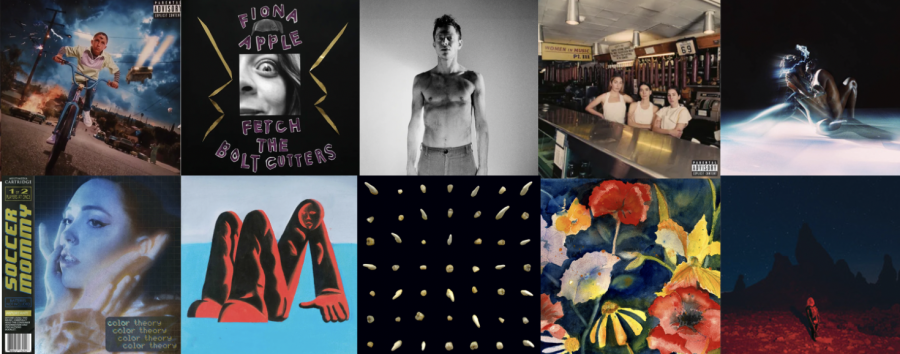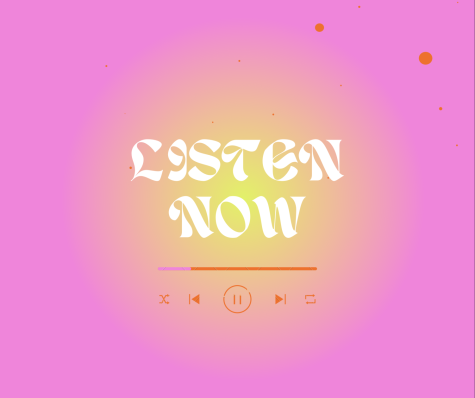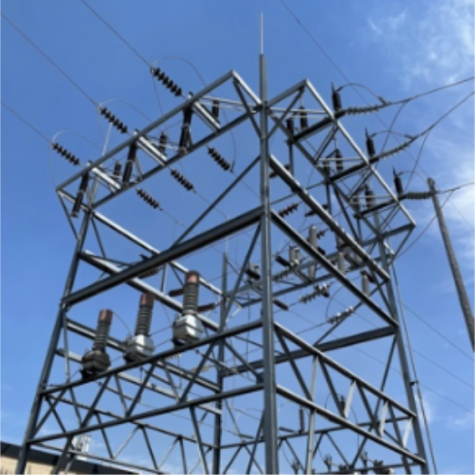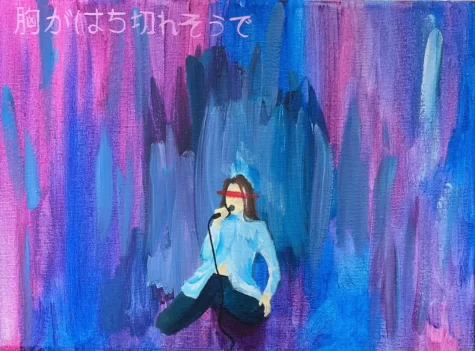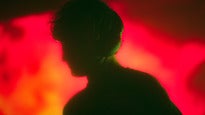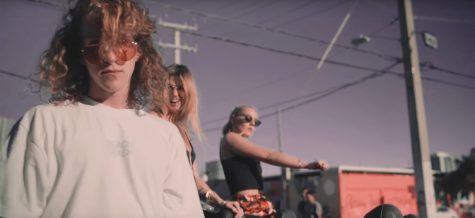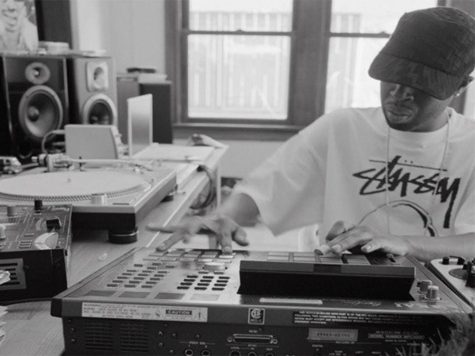WVAU’s 2020 Albums of the Year
December 31, 2020
Every year, WVAU asks its community about the music that moved them, the songs they listened to on repeat, and the albums they’ll never forget. This year, we’re once again highlighting what our community says is this year’s best. These are WVAU’s top albums of the year.
10. Man Alive! by King Krule
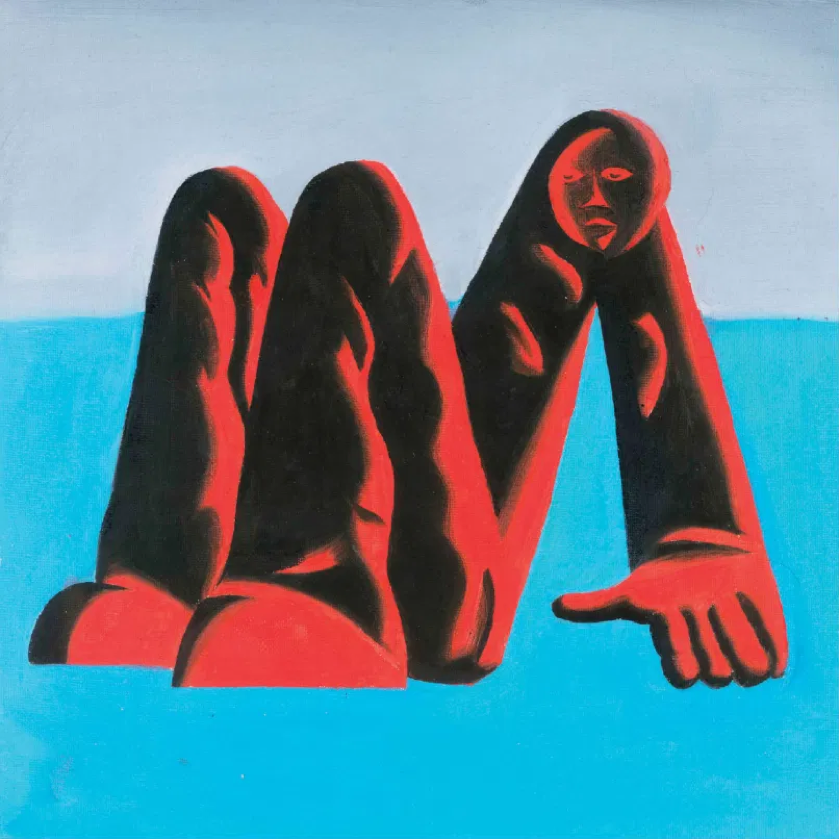
By Matt Cieslak
King Krule returned to his unique brand of delay and reverb filled indie music with 2020’s Man Alive!. In similar fashion to his past releases, especially 2017’s The Ooz, Man Alive! is infused with elements of jazz rock, shoegaze, grunge, and even hip-hop. Although there are parts of Archy Marshall’s style of singing that may not be for everyone, I think Man Alive! is his most accessible so far, which the production style really helps with. I feel that the general vibe of the album definitely reflects a lot of what has happened over the past year in terms of global events as well. From front to back, the album is a great canvas for Archy Marshall’s moody musings; some high points would include the three singles “Cellular,” “Alone, Omen 3,” and “(Don’t Let The Dragon) Draag On” as well as “Stoned Again,” “Underclass,” and “Airport Antenatal Airplane.” I’d recommend this album not only to King Krule fans, but to anyone in need of some emotion-filled music to listen to.
9. color theory by Soccer Mommy
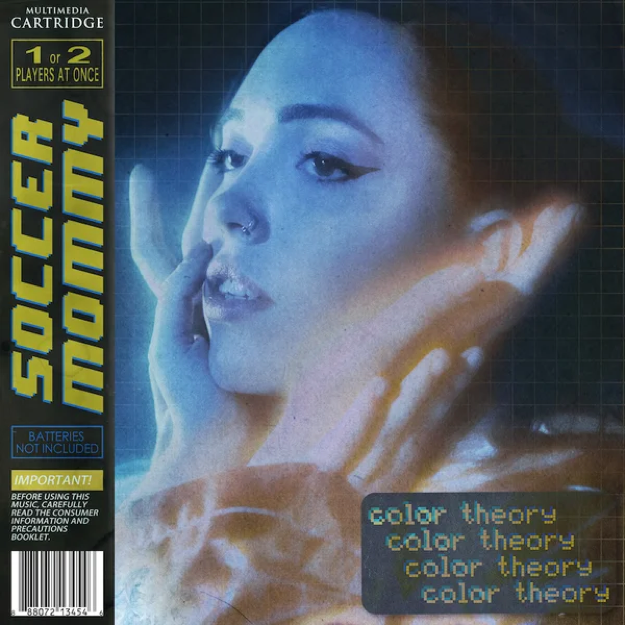
By JJ Smith
Sophie Allison, known as Soccer Mommy, released color theory in February 2020. This sophomore album represents a transformation of sorts following her 2018 debut album, Clean. Whereas Clean felt unrefined and mild, color theory showcases growth, disguising dark realities in the form of lyrics with bubbly, brighter sounds. According to Allison, the album uses three colors to portray states of existence. Blue represents sadness and depression, yellow represents illness, both mental and physical, and gray represents death. Ultimately, with lyrics using descriptive imagery and truthful metaphors, Allison perfectly encompasses the uncertainty and often sadness associated with the entrance of adulthood in one’s early-20s, when dullness in everyday occurrences becomes more apparent. “circle the drain” is an upbeat tune with piercing lyrics that describe Allison’s experiences with withdrawing into isolation following depressive episodes, while “yellow is the color of her eyes” is a seven-minute track that embodies a dreamy, shoegaze inspired vibe and was inspired by the singer-songwriter’s mom. Allison explained that the tune was inspired by the time she felt she was losing, especially with her mother, while on the road on tour and away from home. Each song is rather simplistic, with melodies and tempos that seem to mirror one another, and series of power chords that blend well with the bright instrumental that fades attention from the dark lyrics that inspire us to look for the brighter sides, even in the darkest of situations in adulthood.
8. Visions of Bodies Being Burned by clipping.
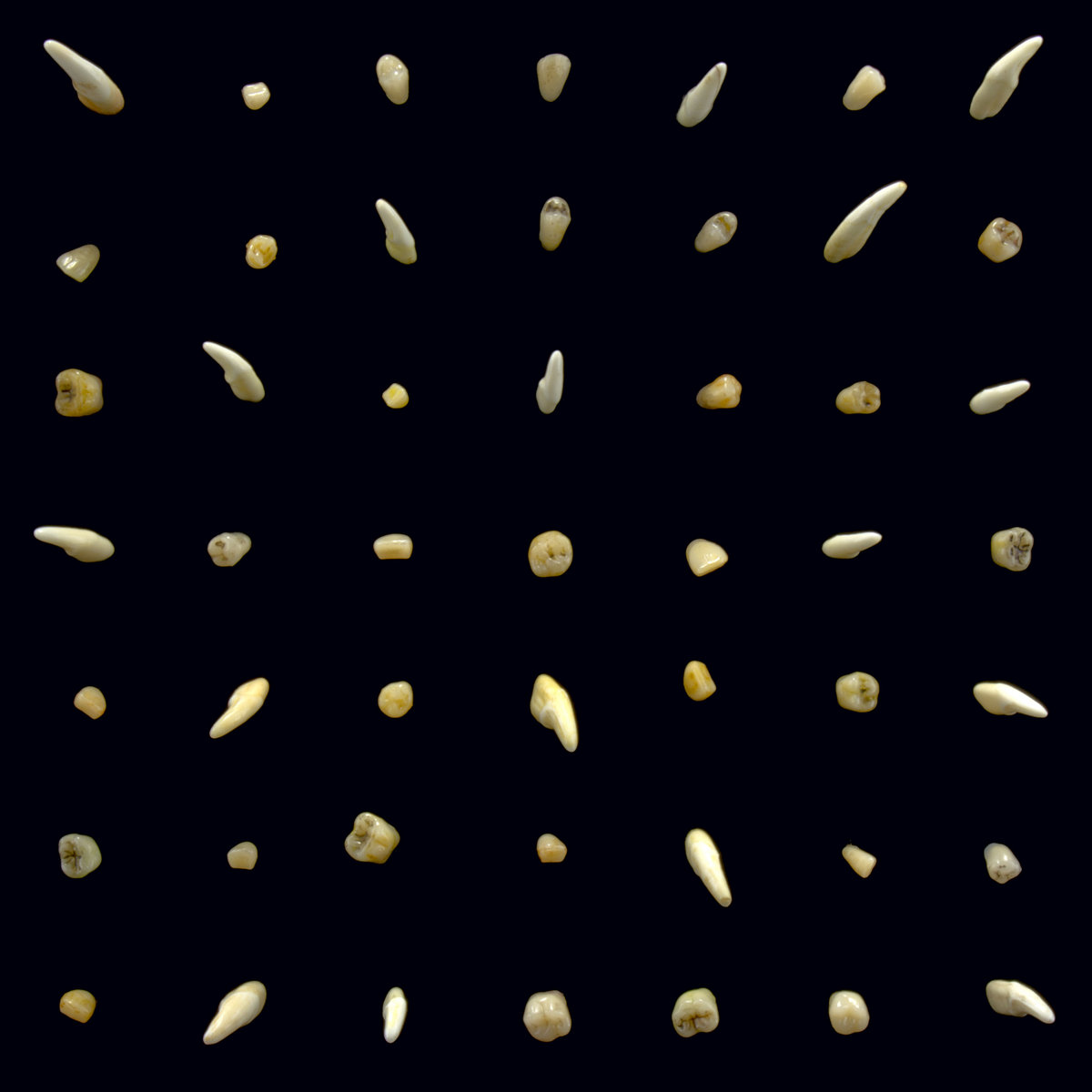
7. Set My Heart on Fire Immediately by Perfume Genius
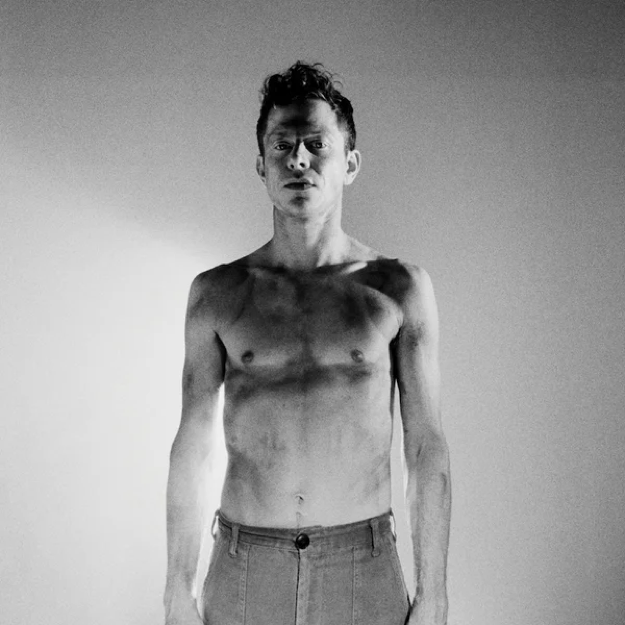
By Madee Sadozai
Mike Hadreas, better known as Perfume Genius, is an unstoppable force on his latest project, Set My Heart on Fire Immediately. The album is tormented and theatric, with an arsenal of incredibly moving and rich tracks that floats somewhere between a grounded reality and whimsical fantasy, exemplified by tracks such as “Just a Touch” and “Some Dream,” respectively. Perfume Genius’ identity as a gay man is explored on “Jason” which has an almost otherworldly, haunting falsetto. With the use of the harpsichord and cello, the arrangement of the instrumentation is elevated ever so gorgeously. My personal favorite is the unexpected pop ballad “On The Floor,” which exudes a wistful and yearning eagerness for unexplored adventure. The song’s greatest strength is in its buildup, the vocals and 80s-inspired groove subtlety swelling while still intertwined between the bass and Perfume Genius’ harmonies. Overall, listening to this album is nothing short of a masterpiece from start to finish, and is certainly worth a listen.
6. Women in Music Pt. III by HAIM
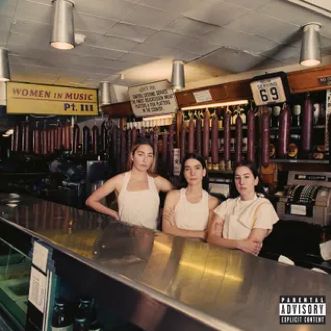
By Morgan Bluma
Everyone’s favorite leather jacket-wearing middle-part trio, HAIM, composed of sisters Danielle, Alana and Este truly outdid themselves in their third album Women in Music Pt. III, released on June 26. The record impressed critics and fans alike in how it went in a different direction than all their previous albums. HAIM has always been viewed as an unbeatable pop trio because of their ability to always stay in sync and look like they are having fun, but in this record, they delve into darker territory, each acknowledging an individual trauma that they have attempted to heal from through the creative process. This record showcases their individual talents but also shows the power of a group of women who constantly support each other’s creative ambitions. Like many industries, in music women tend to be looked down upon and HAIM’s record captures this reality and the constant need to prove one’s worth. Women in Music Pt. III also serves as a journey of self-discovery for the listener. The honesty that HAIM shows the audience is what makes this album so spectacular. Their opening song, “Los Angeles,” perfectly demonstrates their musical abilities and the deep connection they offer to their listeners while giving a shoutout to the city that made them.
5. songs and instrumentals by Adrianne Lenker
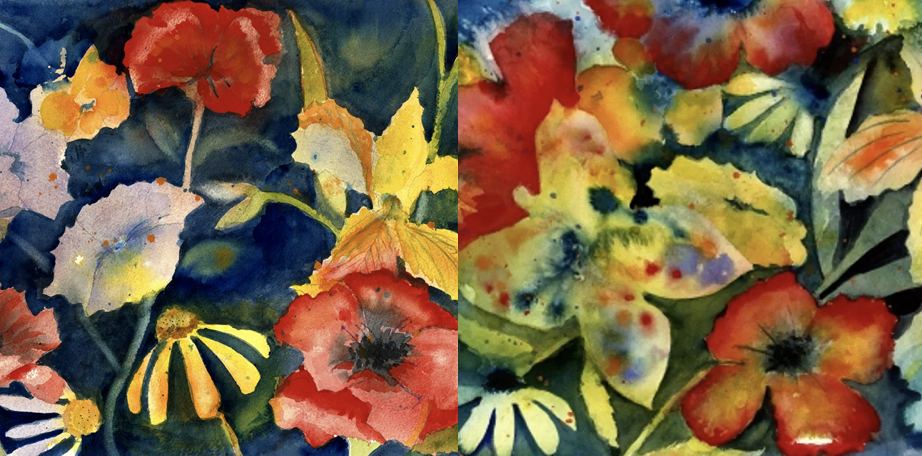
4. YHLQMDLG by Bad Bunny

By Morgan Bluma
Bad Bunny is a young singer, rapper and producer originally from Puerto Rico who came onto international radars in 2016. He’s done and accomplished a lot in a few years: he performed on “The Tonight Show Starring Jimmy Fallon” where he wore a shirt that demanded respect for transgender people, he’s played at the Super Bowl alongside Shakira, and has collaborated with many artists including Balvin, Prince Royce, Becky G, Daddy Yankee and many more. His second groundbreaking album, YHLQMDLG, consists of dance party beats that puts his own modern twist to the reggaetón genre. The title, YHLQMDLG, is an acronym for “Yo Hago Lo Que Me Da La Gana,” which translates to “I do whatever I want.” Just as his title conveys, many know him for challenging gender norms in urban and pop music genres which can be heard in his music. Bad Bunny does what he wants which makes his music so refreshing. He never compromises his roots though, always singing in Spanish and referencing Puerto Rican culture and in the process adopting a whole crowd of non-Spanish speaking listeners. The album, and its title, is an unapologetic anthem for 2020.
3. Heaven to a Tortured Mind by Yves Tumor
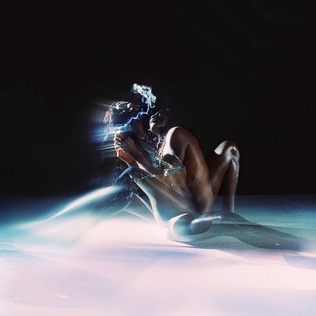
By Jalen Lesly
As a fan of experimental music, I ironically find myself frustrated with albums that “bend genres” while creating pieces that sound more like experiments than actual songs. Thankfully, experimental electronic musician and producer Yves Tumor has evolved past such sketchpad notions of songwriting. Their latest album, Heaven to a Tortured Mind, is their most recent triumph, and likely the most futuristic-sounding lo-fi record since Tyler, the Creator’s IGOR. Tumor’s vocals are constantly layered, sometimes alien yet ever compelling, and the artist’s instrumental palette on Heaven is more varied and textured than ever. Following in the path of standout track “Noid” from 2018’s Safe in the Hands of Love, songs like opener “Gospel for a New Century” are a blistering, funky combination of hip-hop, R&B, rock, and electronica. The rock influences are especially strong here – “Kerosene!” features an epic electric guitar solo as its centerpiece, and guitars are frequently present as texture even when they’re filtered to sound indistinguishable from synthesizers. The song’s lyrical content, shared throughout the album, reflects a want to shapeshift to satisfy a lover: “I can be anything / Tell me what you need” (guest vocalist Diana Gordon responds, “I need kerosene!”). As a longtime fan of Yves Tumor’s work, Heaven is sleek yet rugged, sexy yet sad, nostalgic yet futuristic. It’s probably their best album yet.
2. Punisher by Phoebe Bridgers
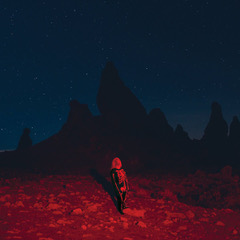
By Julia Rusnak
It has been said that Phoebe Bridgers is Taylor Swift for girls who have crumbs in their beds. Well, here I am in my childhood bed (wishing I was someone else, feeling sorry for myself) and there are indeed crumbs. Personal hygiene aside, Phoebe Bridgers seems to have truly found her fanbase this past year and I am famously one of them. Although “Motion Sickness” and “Smoke Signals” saw me through much Freshman year angst, it wasn’t until the little d depression that hit sometime around March 2020 that I fully delved into Bridgers’ discography. I feel fortunate that Strangers in the Alps became my soundtrack for the daily excursion around the block because I had fully been cemented a Pharb when Punisher was released in June.
Upon my initial listen, I wasn’t a huge fan of the first single “Kyoto;” it seemed like such a departure from the understated, familiar sound of Strangers in the Alps. But then I heard ‘Garden Song’ and literally wept. It had the haunting synths I adored from “Strangers,” plus fingerpicking guitar, plus the addition of a male vocalist that sounds like he’s wrapping his arms around Phoebe’s words. The lyrics and feeling of “Garden Song” evoke, to me, the kind of bittersweet and scary experience of growing up, a theme I found salient throughout the record and one that particularly resonated with me and, I believe, many of my peers. What’s so incredible about “Garden Song” and Punisher at large, is that Phoebe is able to get across exactly the feeling she wants to without ever being heavy-handed. The lyrics on the record oscillate between tongue and cheek, hyper-specific and personal, and vague and poetic; and yet, when combined with the instrumentals, I’m able to feel exactly what I think I’m meant to, drawing on my own experiences to connect on an even more personal level.
The instrumentals themselves were something I took note of upon my initial listen since they’re definitely elevated from “Strangers.” After my first listen all the way through the album I scoured Genius, because I lack the capability for individual thought, and found one of the producers, Ethan Gruska, described as a sound designer. That made explained the atmospheric nature of the record. It’s spooky but warm, if that makes sense. Listening to Punisher from start to finish felt like reading the best kind of novel, where you’re so immersed in the world and the language and understanding the author’s intent and creating meaning based on your own life that when you finally come up for air you feel like a changed person. In closing, I suppose all I have to say is that if there was ever a year for Phoebe Bridgers’ meteoric rise, it was this one. Yeah, I guess the end is here.
1. Fetch the Bolt Cutters by Fiona Apple
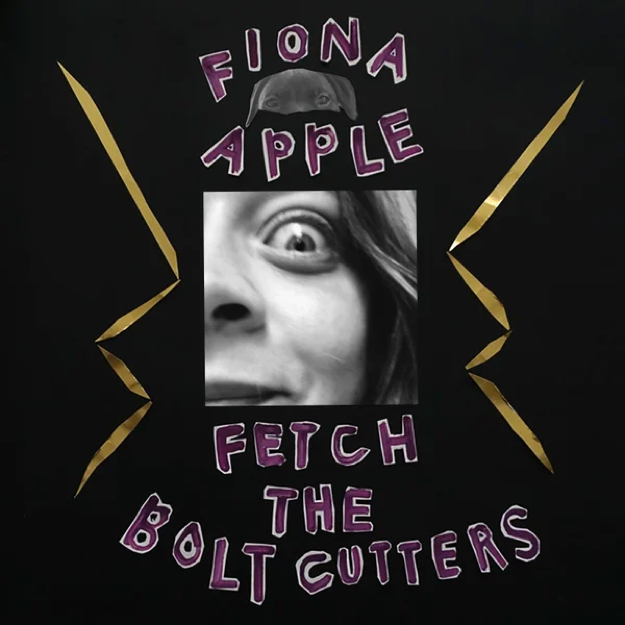
By Shannon Durazo
I mean, where do I start? Fetch the Bolt Cutters, the ambitious and widely critically acclaimed fifth studio album from veteran songwriter Fiona Apple, seemed to come at a time where everyone needed it most. In an unintentional ode to quarantined living, Apple (who has been self-isolating long before it was cool) rejects the studio and instead creates a symphony of everyday sounds found inside her Venice Beach home. The banging of walls and pots mix with handclaps and the occasional dog bark to construct a totally unique groove. While the artist has built a legacy for her statements decrying society’s ugly truths, on Fetch the Bolt Cutters Apple pivots her lyrical lens into the dark corners of her own psyche, delving into gritty memories and tumultuous emotions with a stunning lack of abandon. In an age where pop songwriting is increasingly in favor of oversharing, Apple sets herself apart from the pack in her rawness but also her relatability. She’s singing about her own experiences, but also tapping into the collective frustrations of women and the emotions they are so often taught to suppress; from unapologetic desire (“while I’m in this body I want somebody to want”) to pure rage (“I resent you for presenting your life like a f*cking propaganda brochure”). It’s also pretty funny at times.
The true triumph of the record, though, is the packaging of its deeply personal lyrics inside a lack of recognizable form, a risk Apple knew she was taking that ultimately ended up being her greatest reward. The songwriter rejects nearly every pop convention and opts for a series of rambling, percussion-focused backing tracks with jarring tempo changes and unfamiliar melodies. The experience can be uncomfortable and even jarring at first listen, but with each re-visit of the record, the beauty within the madness becomes more clear. Simply put, the perfection of this record is in its messy imperfection, because life is imperfect, and Apple refuses to be silenced about hers. Kick her under the table all you want, but she won’t shut up.
